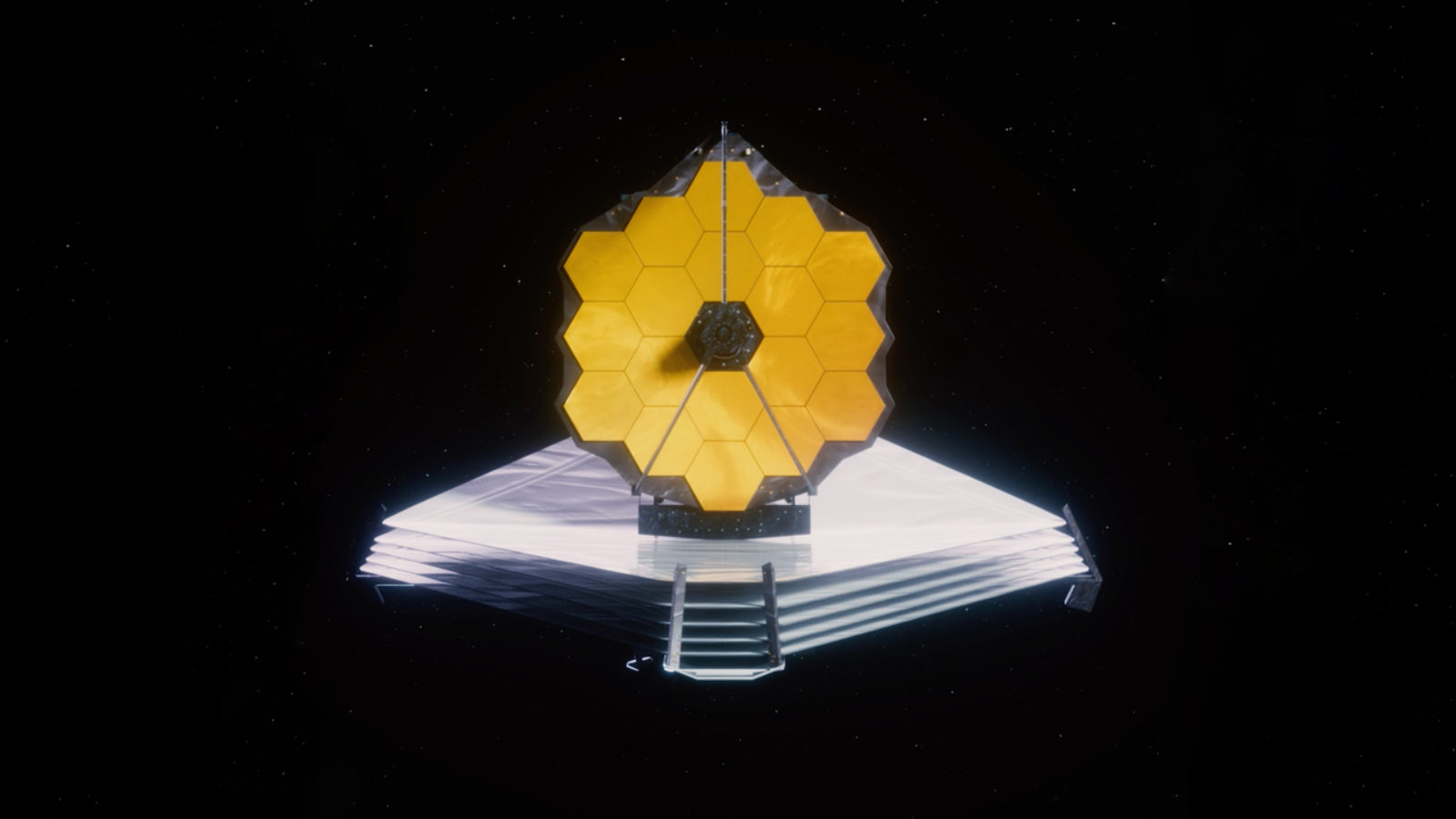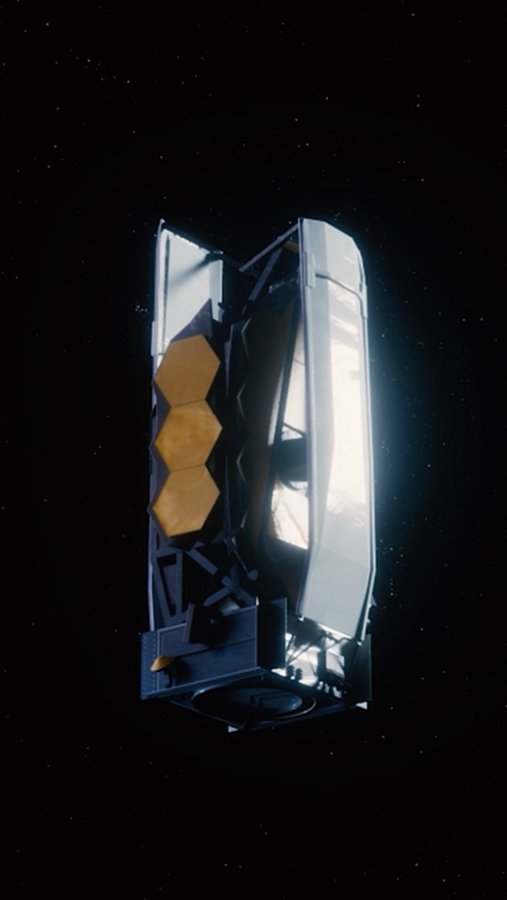
Rotate your tablet
for a better experience


Rotate your tablet
for a better experience

Interview with Stéphane Leboucher, Head of Ariane Mission Preparation and Customization
My name is Stéphane Leboucher, I’ve been an engineer at ArianeGroup for 34 years. I’m 56 years old and began my career with the Technical Division, producing ballistic phase scenarios and I then expanded into the powered phases. After about 20 years, I moved on to launch programs.
We check that the demands of the specific mission fall within the launcher’s qualified flight envelope. We have a number of studies to carry out, and we also run additional specific qualifications for the particular mission. We draw up the trajectory and the ballistic phase scenario. We manage how the various stages and elements separate from each other, a part of the mission which is crucial for the James Webb Space Telescope launch. We also check that the thermal and dynamic environments that can be created by the launch on the payloads are indeed compatible with them (so that the payload can be protected up until delivery). In addition to these studies, functional databases are adapted to the upper part configuration. All of these activities make it possible to adjust the flight program to the mission: its manufacture, its verification by simulation, and its dispatch to Guyana finalize our work.

@ArianeGroup – James Webb Télescope Spatial
Yes, the vents on the fairing in particular have been modified to prevent the risk of depressurization that could damage Webb when the fairing is jettisoned. This could have happened if residual air were to be trapped in the folded membranes of the James Webb sunshield. The modifications were successfully tested on the last two Ariane 5 flights on 30 July and 23 October. Our fans will also be happy to know that this time, Ariane 5 is carrying a video system (nicknamed Viki), so that all stages of the launch can be closely followed.
The next steps are the “combined operations”. Webb is placed at the top of Ariane 5 and encapsulated inside the fairing. Ariane 5 is then transferred to the final assembly building for the last preparation operations prior to launch. Ariane is deployed to the launch pad a few days before launch and, a few hours before lift-off, the launcher is filled with liquid hydrogen and liquid oxygen. If all the final checks are green, the launch sequence is initiated.
There are many reasons for postponing a flight: a ground station which fails to respond, deteriorating weather during the launch window, a “red” signal from the launcher or the payload, but this is business as usual for this phase, in which all the final checks are carried out and we prepare to start the countdown sequence. For this launcher, there is no greater or lesser risk than for any other. All our engineers are aware of the stakes of this launch, and we are doing our work as conscientiously as always.
First of all, this telescope is an international collaboration between space agencies: NASA (USA), ESA (Europe), CSA (Canada). ESA’s contribution is the launch and ESA chose Ariane 5, the only launcher with a long fairing compatible with the volume of the telescope (a fairing with a diameter of 5.4 meters and 17 meters high, capable of housing a telescope of 6.16 tons). Over the past 10 years, the performance of Ariane 5 has been increased and its reliability speaks for itself.
Yes, there is some pressure, because this is the most expensive payload ever launched, anywhere in the world. Everyone is hoping for a successful launch, but the same goes for every Ariane 5 launch. It was the same when we launched BepiColombo, Rosetta, Galileo, the ATV launches… For each launch, there is a different stress, but stress can be a positive factor. Everyone does their best to ensure that the launcher can perform its mission successfully.
We have to remember that the launcher’s mission does not stop with separation of the telescope, it stops once we have completed all the maneuvers to make the upper stage safe with respect to the telescope. We can therefore stop holding our breath about 1,700 seconds after telescope separation, as well as 1,500 seconds later when we reach the end of the launcher’s mission. The next day, we analyze all the launcher and telescope parameters to check that the launch went smoothly. Then, 13 days later, the telescope will deploy its mirrors and we will monitor it until it reaches its L2 Lagrange point 29 days after launch. This will confirm that the job has been done.
We are really aware this is a very special launch, given all the scientific expectations riding on it, plus we can’t wait to see the first pictures. However, we have been through other missions and we hope to experience many more with Ariane 5 — for instance with the JUICE mission — and with the upcoming Ariane 6!
Thanks to Stéphane Leboucher for his time. Why not subscribe to our newsletter for more information about the James Webb Space Telescope mission? You can also consult the ESA page on this subject:
Follow us on our networks with hashtag #WebbFliesAriane.